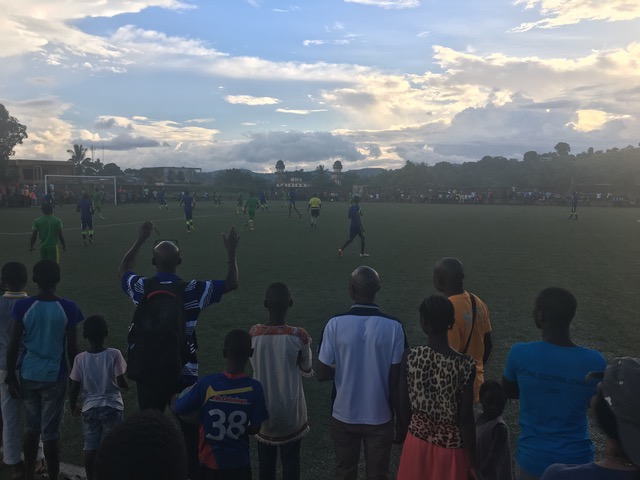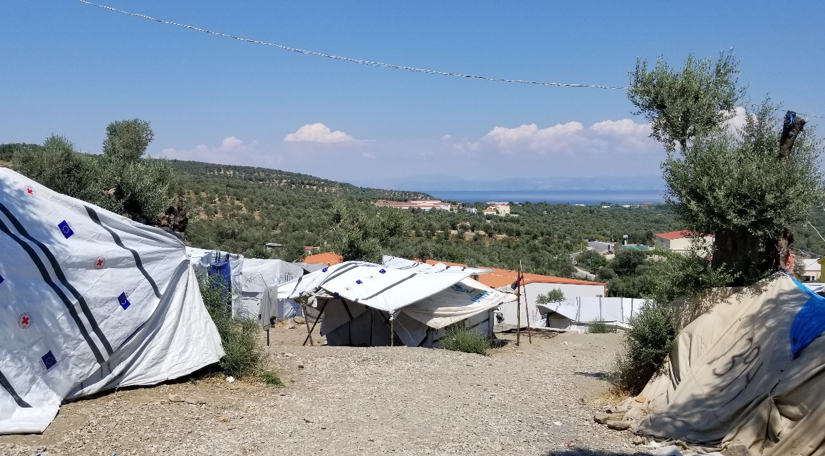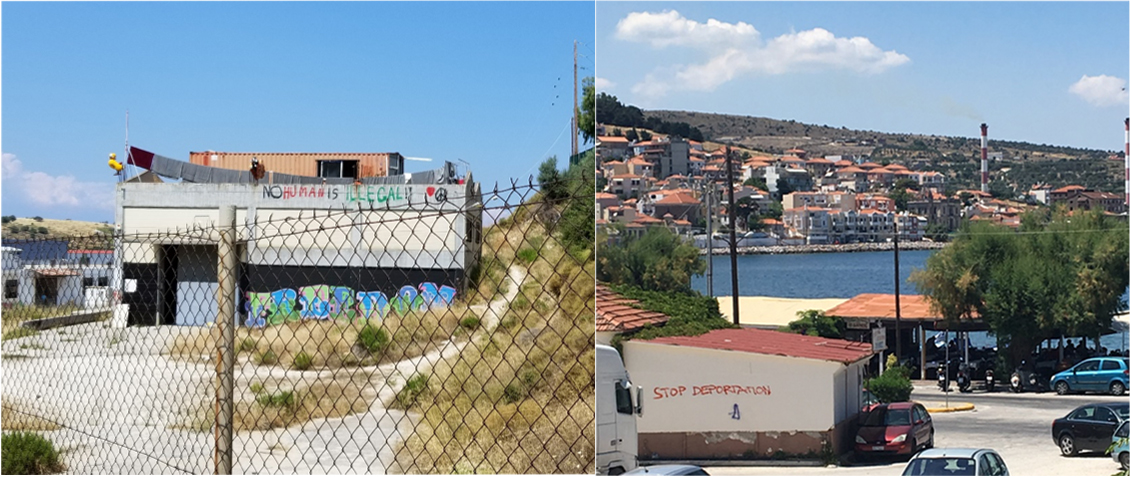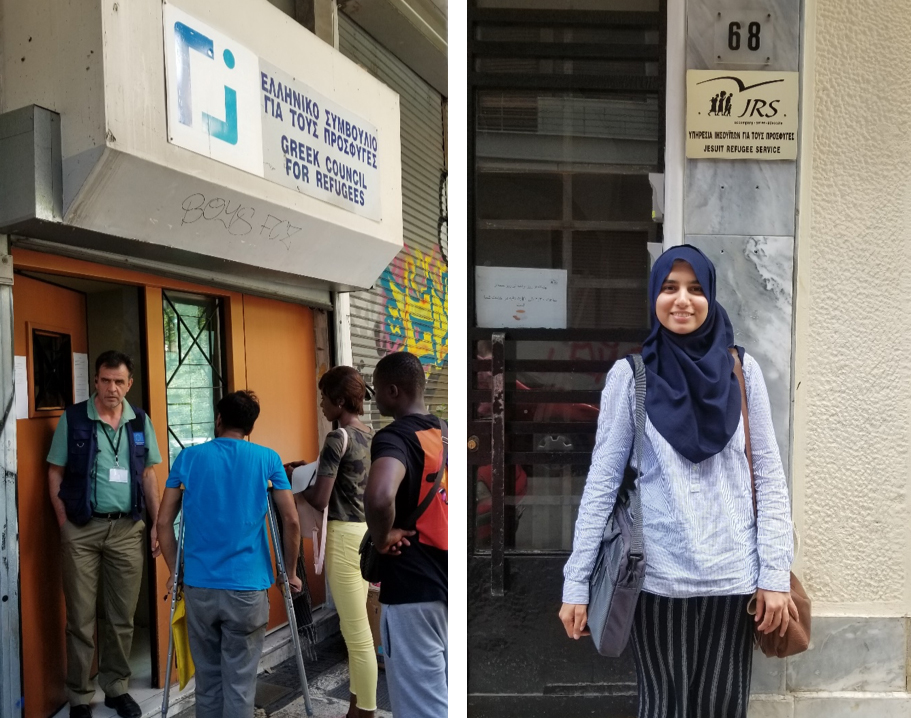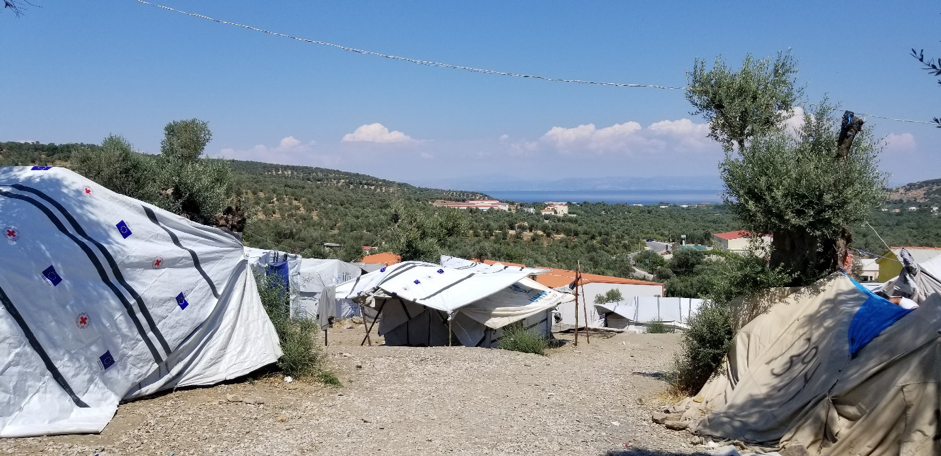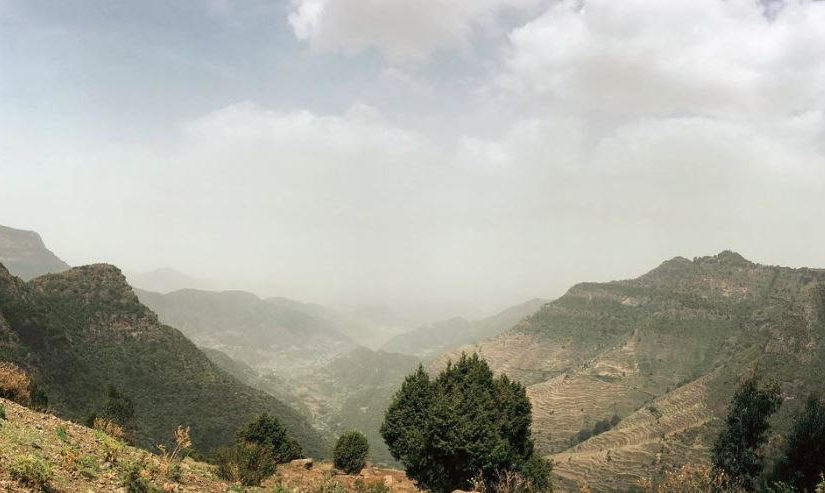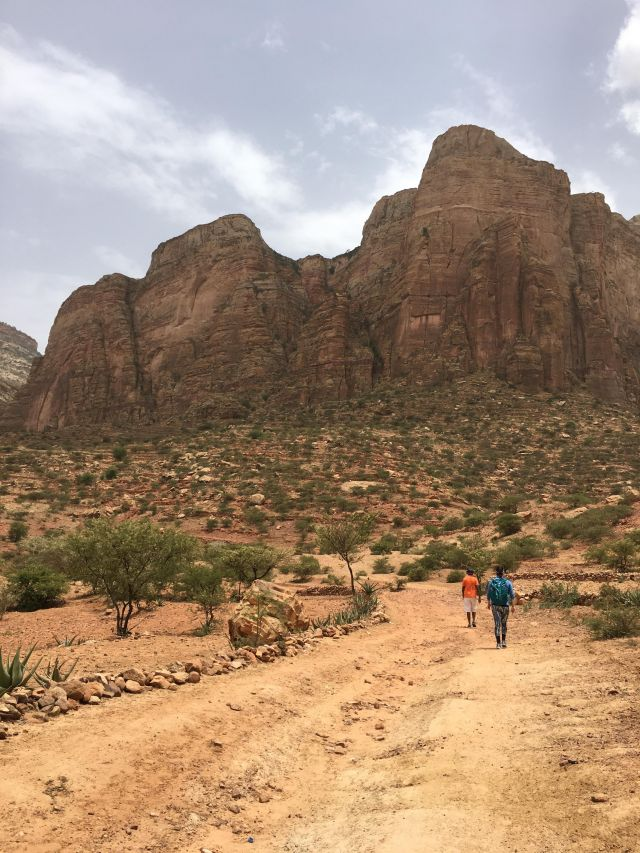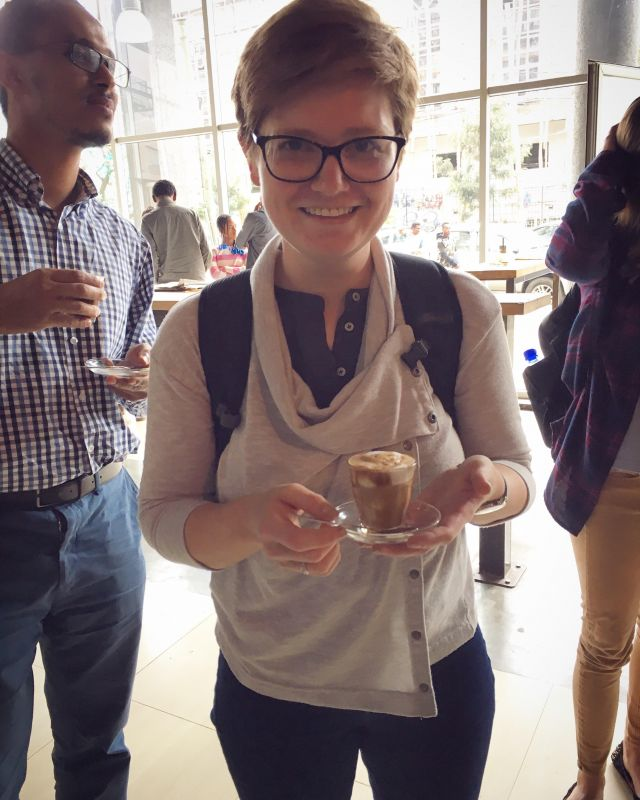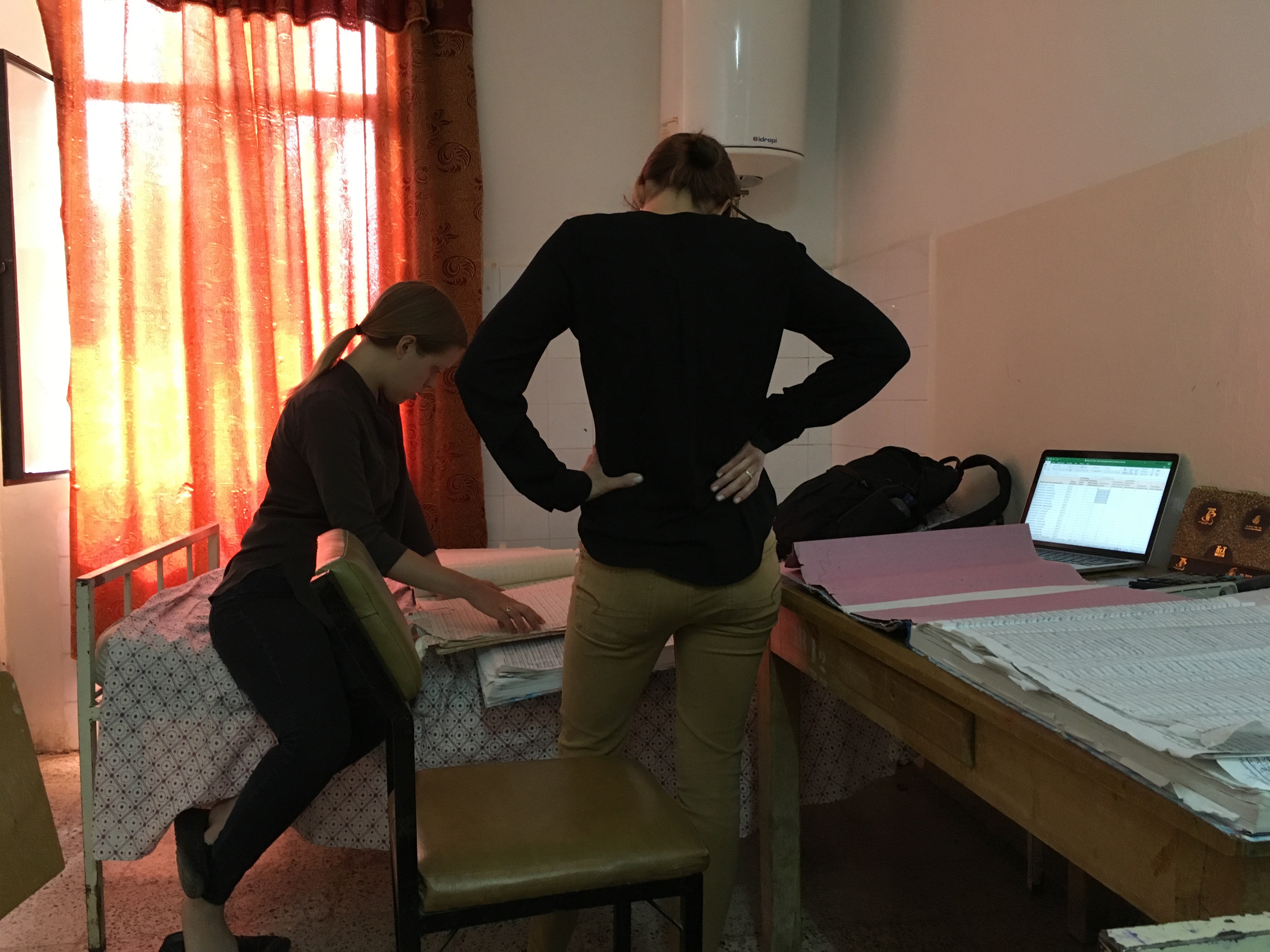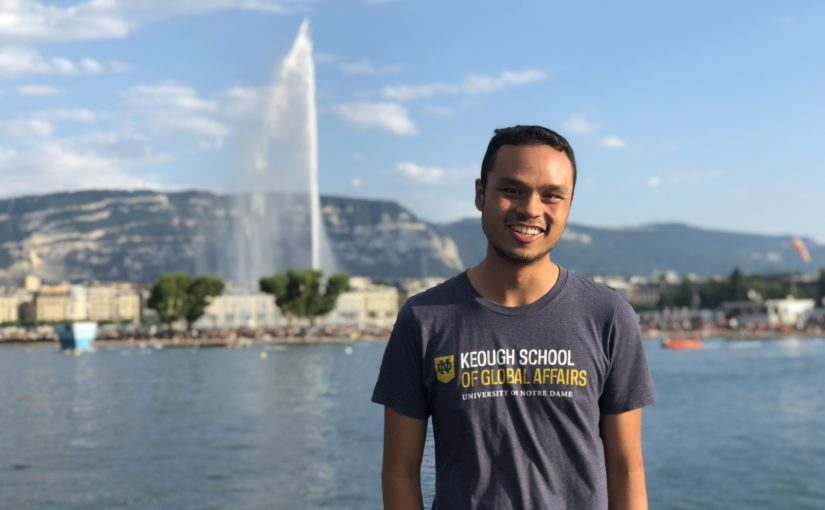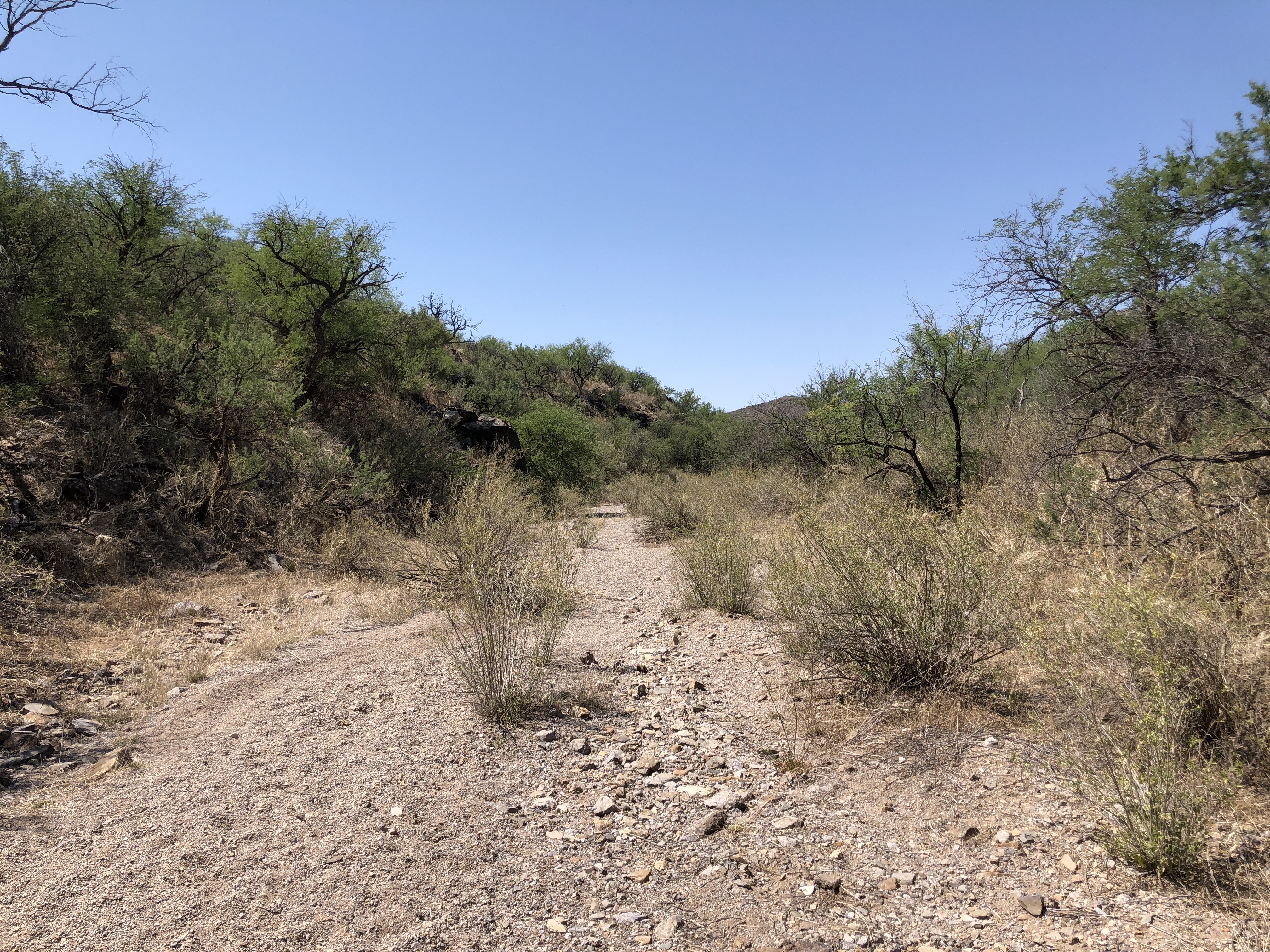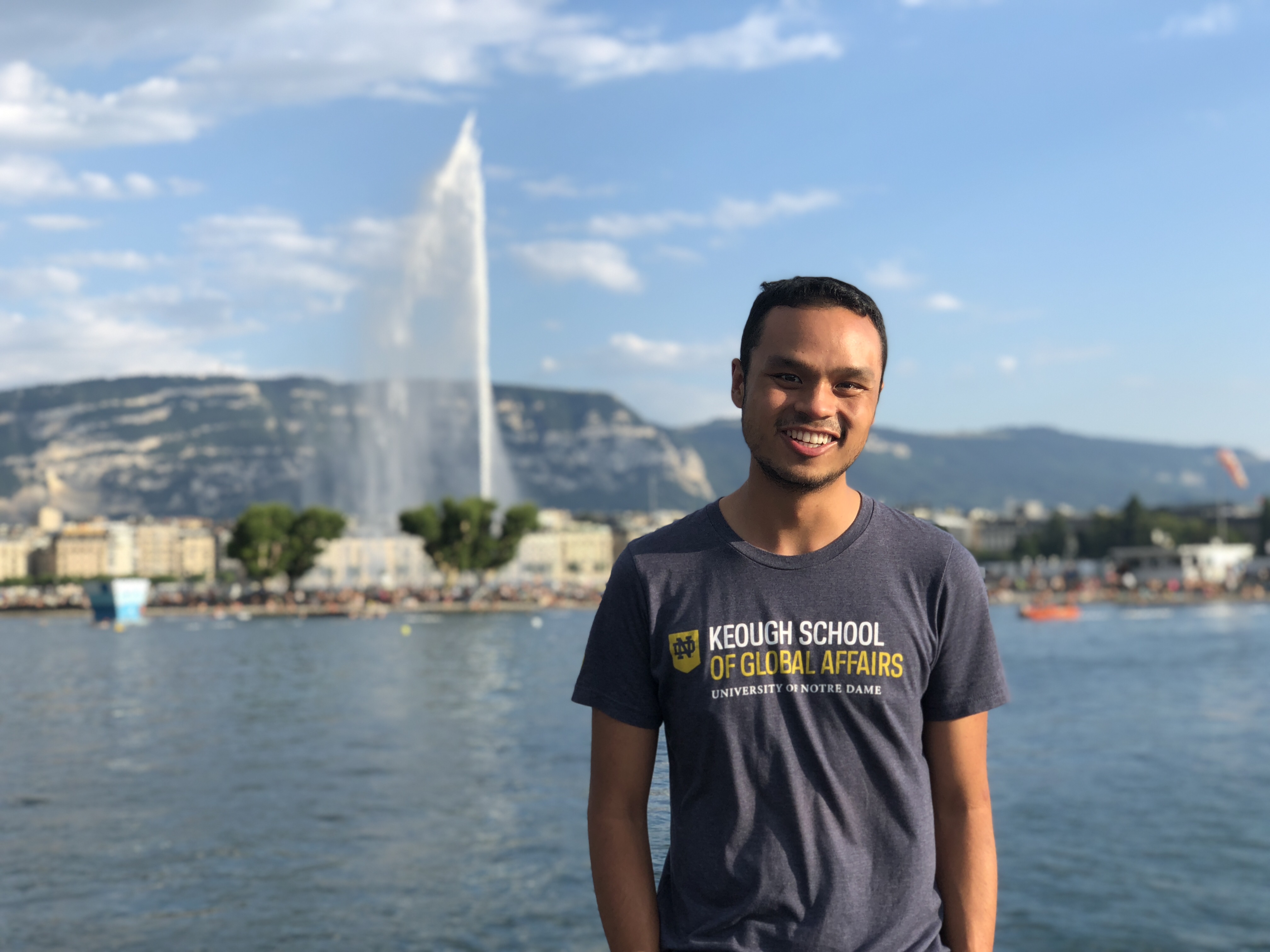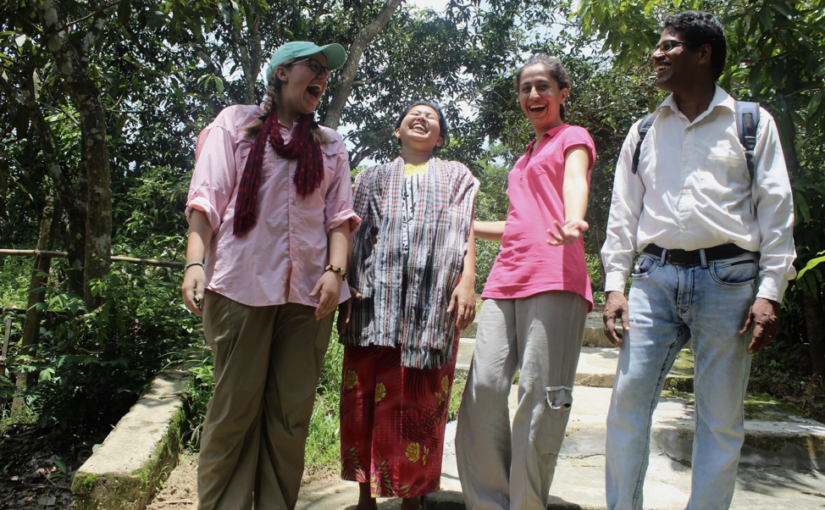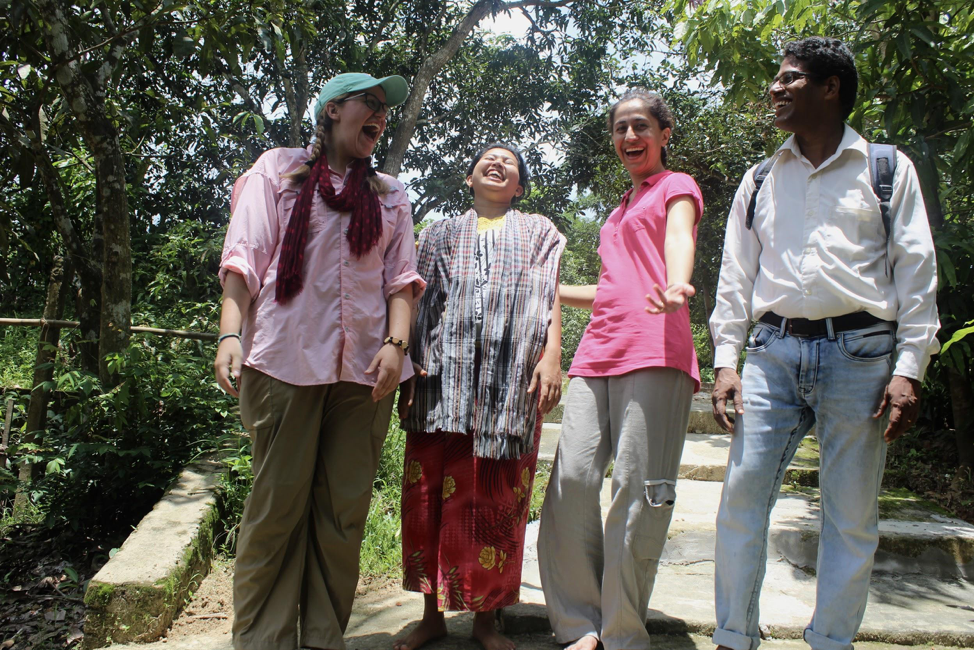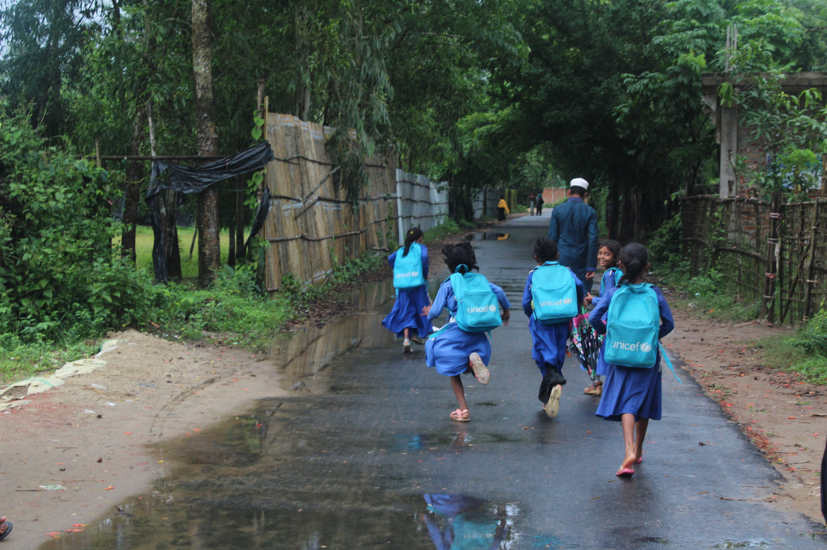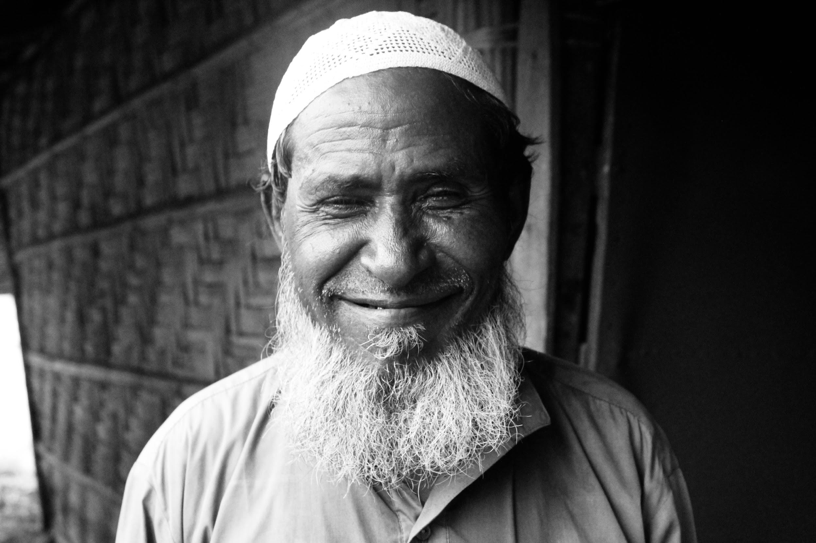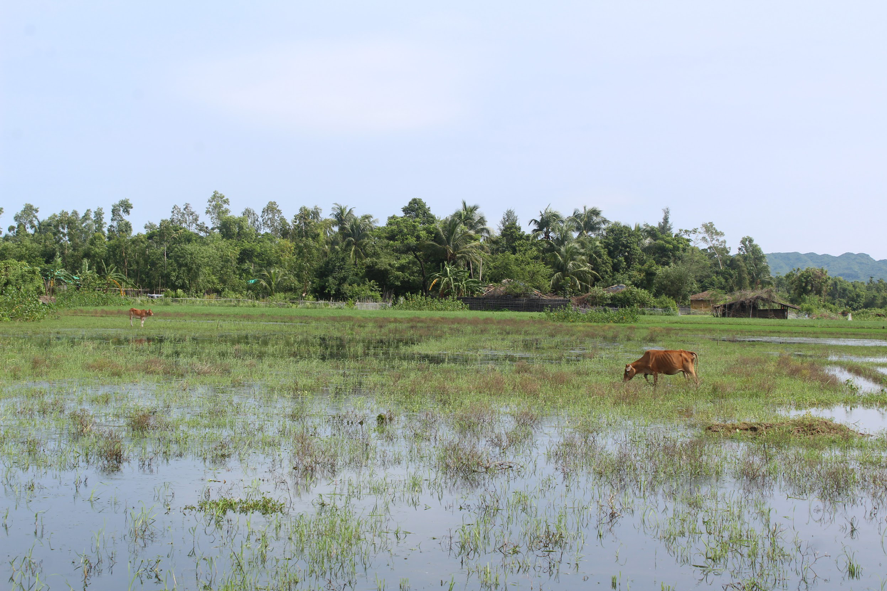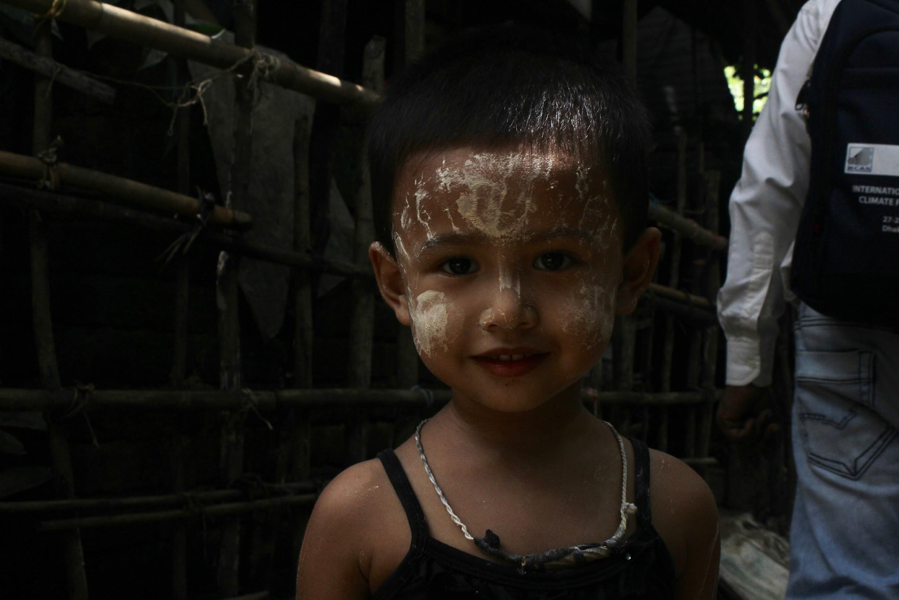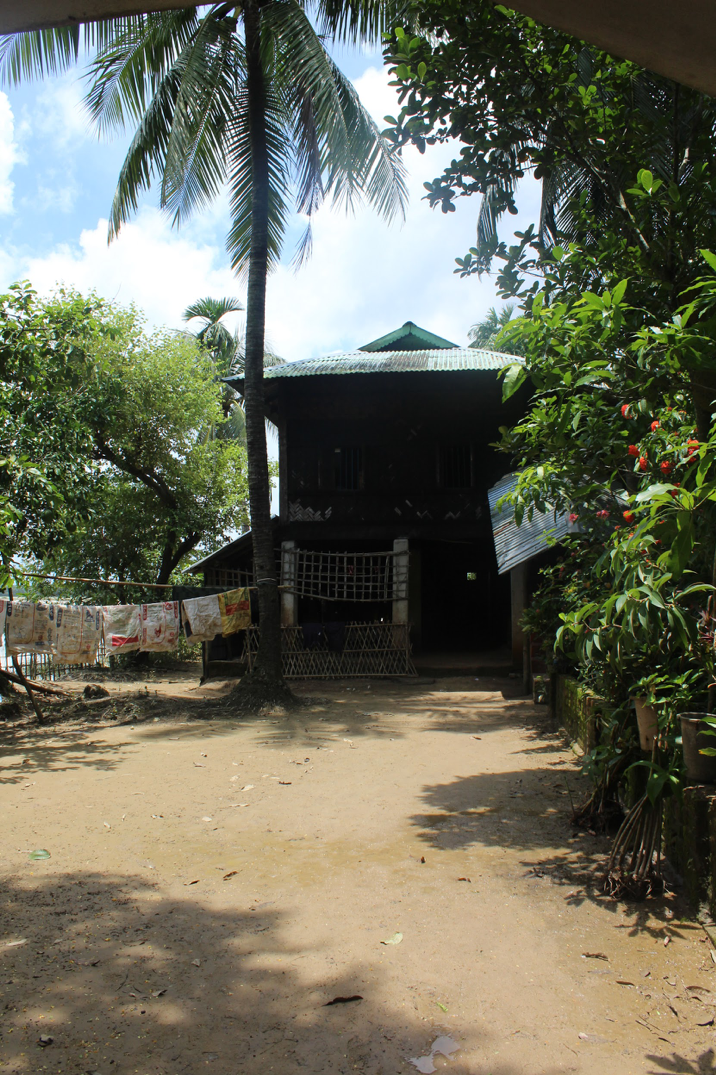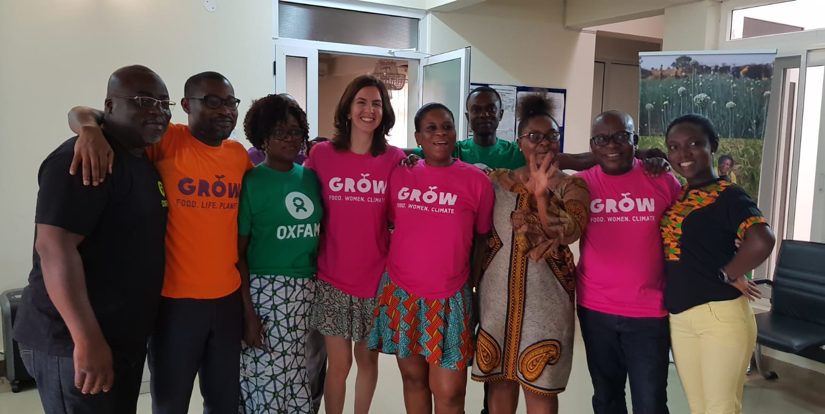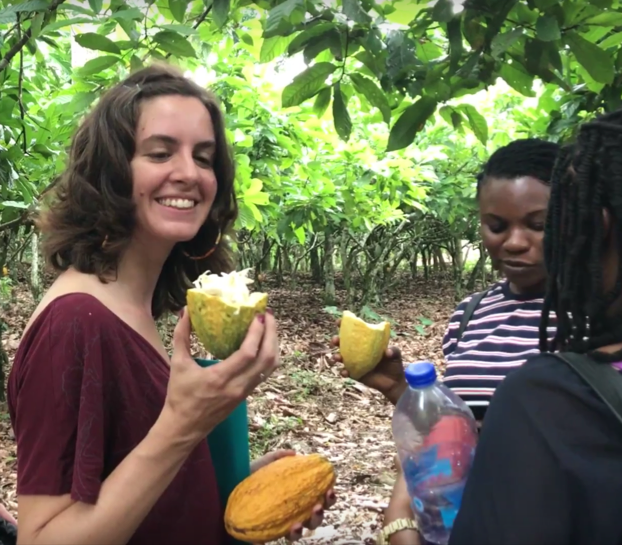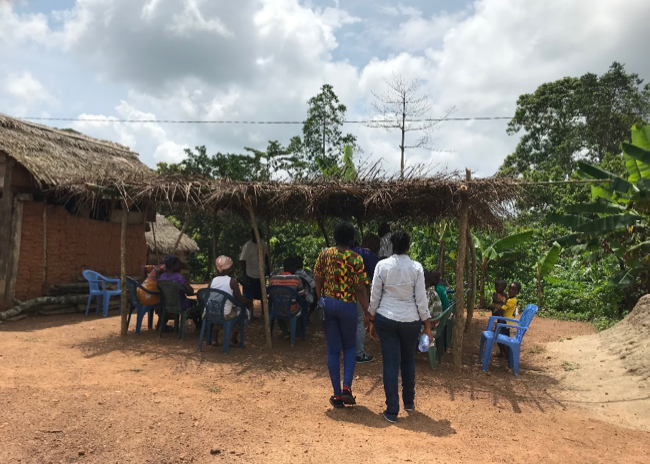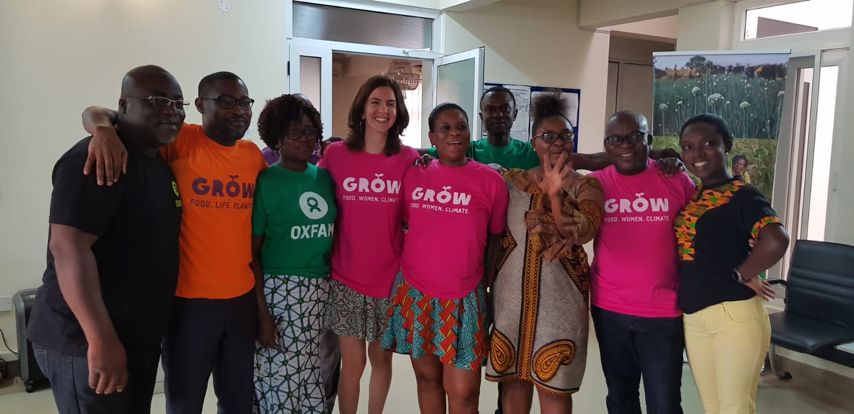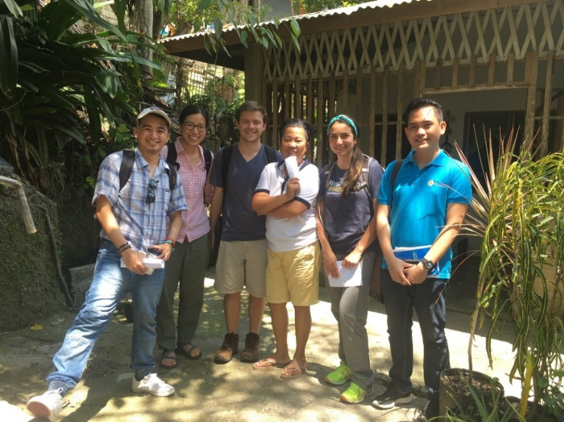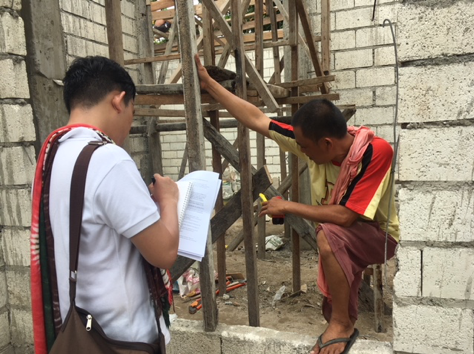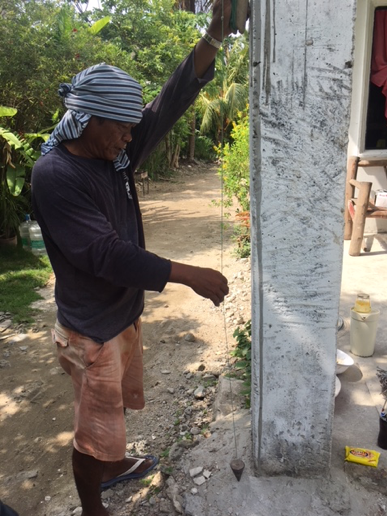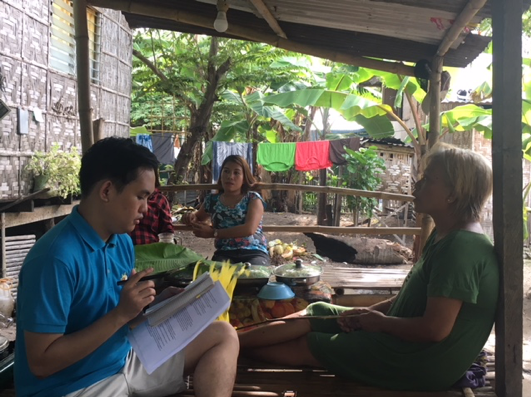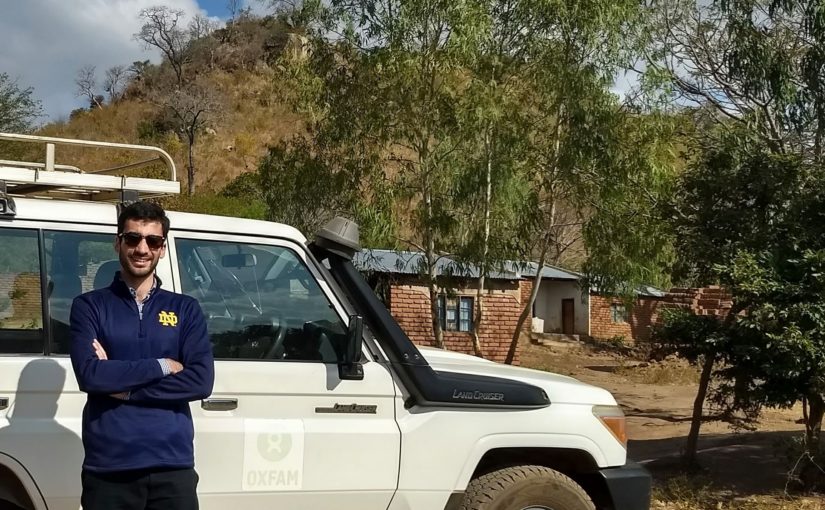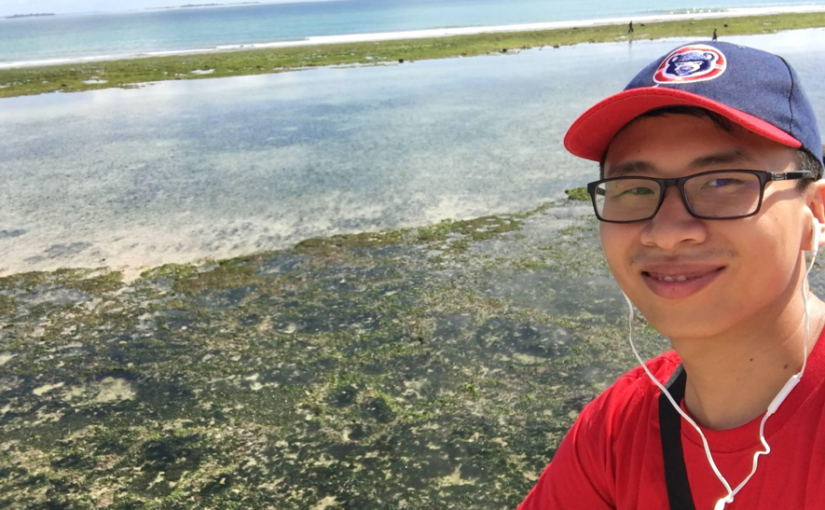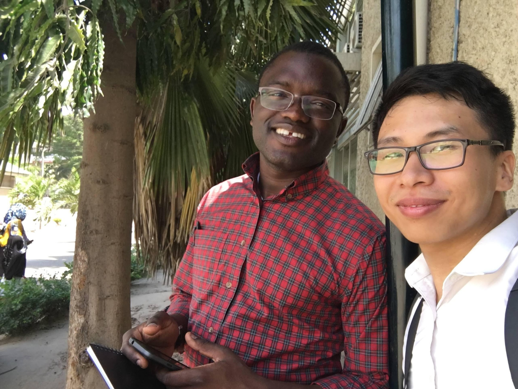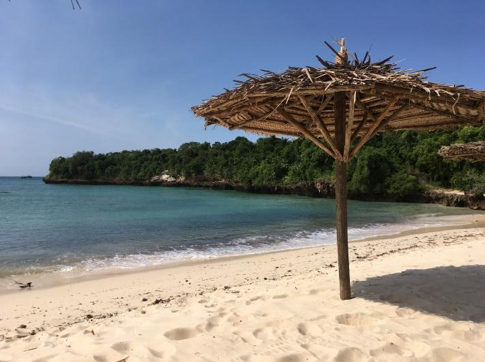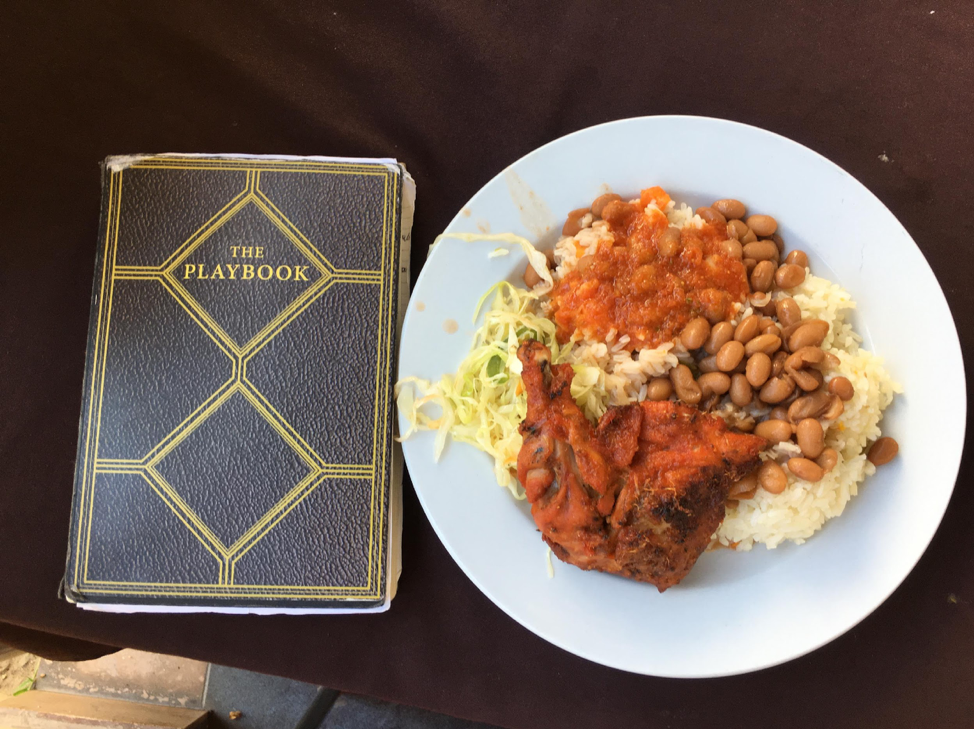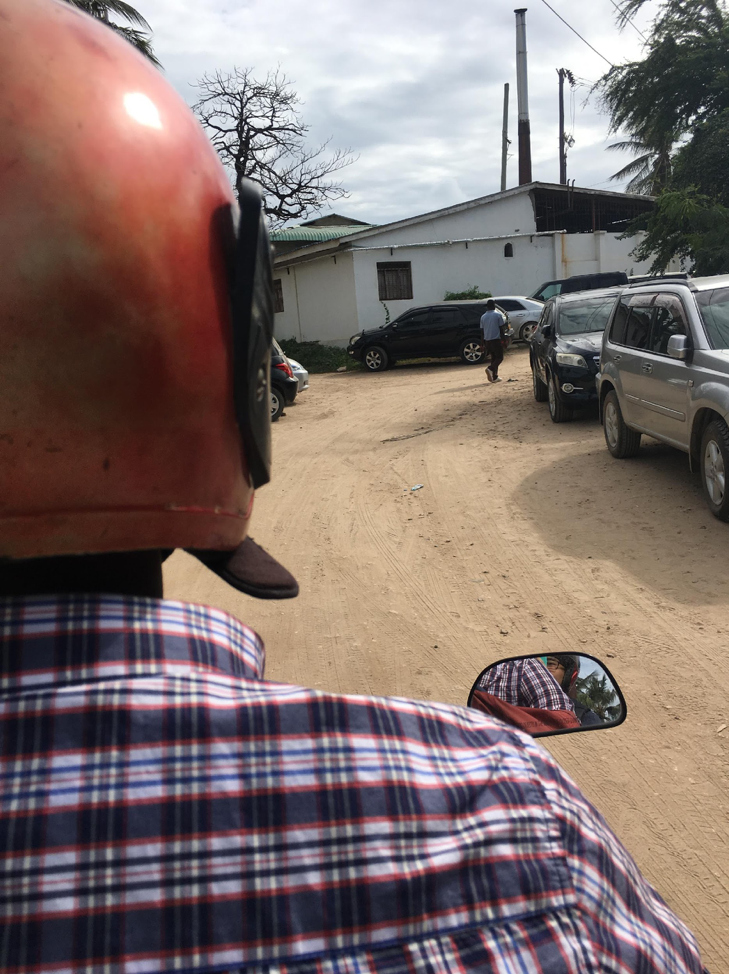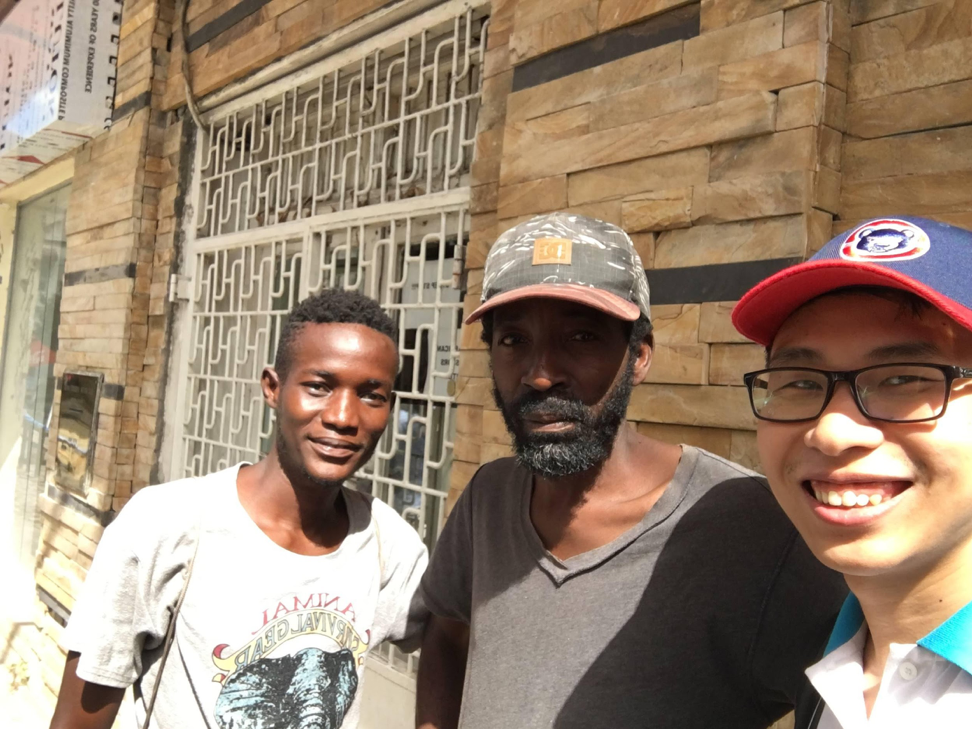by: Leah Walkowski
“The world is full of magical things patiently waiting for your wits to grow sharper.”
– Eden Phillpotts
Before I begin, I want to point out that I share a lot of the same reflections regarding the need for human-level partnerships and collaboration about which my teammate, Sarah, wrote in her reflection of her (our) time with the Program in Global Surgery and Social Change in Ethiopia. In order to avoid repetition, however, I will use this blog to touch on a different aspect of my experiences this summer.
Sitting here, trying to write this post, I realize this process is much more challenging than I had anticipated. As a frequent (ok, not-that-frequent) blogger during my time in Kenya studying abroad and Uganda as a Peace Corps Volunteer, I am a bit surprised. Perhaps it is because this summer has been a whirlwind—the whirliest of winds, in fact—and the insights I have gained cannot be found at the surface of this experience. As a result, the mere exercise of writing this blog is forcing me to reflect much deeper than I have yet done. How do I synthesize the highs and lows of the past weeks in an honest, yet coherent and constructive, way—particularly when the said highs and lows of this global partner experience cannot be processed in isolation from the past experiences of my personal (and professional) journey?
Let me start a few steps back in hopes that contextualizing my perspectives will allow you to share more deeply in my reflections.
I received my bachelor’s in Anthropology with minors in Global Health and African Studies, so it would therefore seem like I was a perfect fit for this project in partnership with PGSSC and Partners in Health (PIH) as they seek to improve access to safe and affordable healthcare—specifically, surgery—in resource-constrained settings. However, somewhere in the past few years, while my love for people and culture (particularly on the African continent) remained, my passion for global health was replaced by a fierce commitment to community development, youth empowerment, and gender equity work.
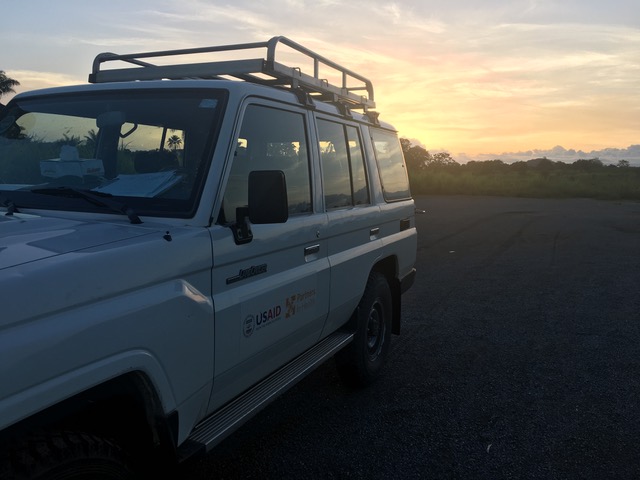
Therefore, as I began to learn more about the project, I often questioned how this would be different from my past experiences, or how I could contribute in a meaningful and effective way when I had already deemed that global health was no longer my life’s pursuit. I had built walls around my expectations for this project, fabricated a finite space in which the opportunities to learn and grow were limited to what I had previously experienced.
Before heading out for the field earlier this summer, I was at peace with the focus and goals of this project and set my expectations accordingly. I had accepted that while this was not my calling, I could learn a thing or two along the way.
Fast-forward to today. As I near the end of my time in the field (split between Ethiopia with PGSSC and Sierra Leone with PIH), I have realized how I was simply looking for meaning in all the wrong places. There is a quote by Eckhart Tolle that says, “I cannot tell you any spiritual truth that deep within you don’t know already. All I can do is remind you of what you have forgotten.” From where I am now, I feel like these are the wise words of this partner experience, not Eckhart Tolle. I am now recognizing that this i-Lab project (at least, for me, personally) was not meant to be a revolutionary experience, opening my eyes to “new worlds.” Instead it was meant to serve as reminder of what I had forgotten: people are my passion.
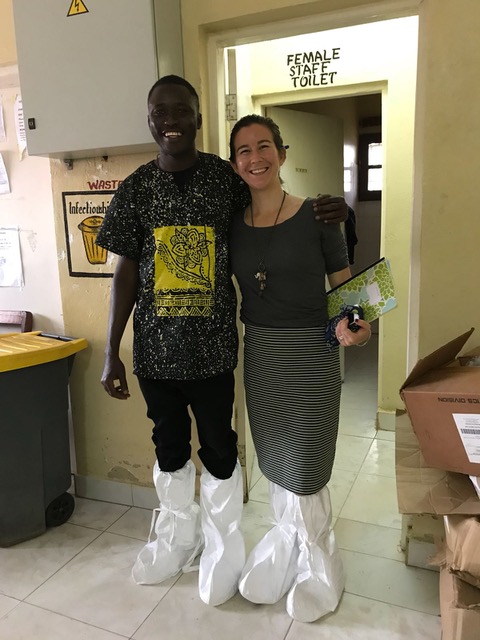
I became so consumed in the tangible outputs and expectations, as well as the technical skill and knowledge, associated with this project that I forgot how much power there is in creating relationships and learning (whether about surgery or food or diamonds) from others. I forgot how true passion—passion for things that are greater than ourselves—transcends areas of interest or expertise; it does not matter if it’s youth and gender or global health and global surgery, if I am surrounded by people who are passionate about making the world a better place, I am right where I need to be.
This experience has also reminded me of one of my favorite quotes (last one, I promise) from Rumi that says: “What you seek is seeking you.” I, like many people, am too easily distracted by both internal and external expectations for the concrete and measurable. The reality is, however, that what I truly seek in each experience is genuine relationships—relationships rooted in compassion and authenticity, and opportunities to see the world through a different lens.
Through this global partner experience, I am reminded that this is what I truly seek, for it has also sought me. It has found me in the company of the dedicated, passionate, and fearless team at PIH in Sierra Leone in particular, as well as all the other wonderful people I have encountered in the past weeks.
So, as I prepare for my last days in the field, I am consciously trying to “sharpen my wits” so that I can fully enjoy all of the “magical things” patiently awaiting me— waiting for all of us— in this beautiful world.

